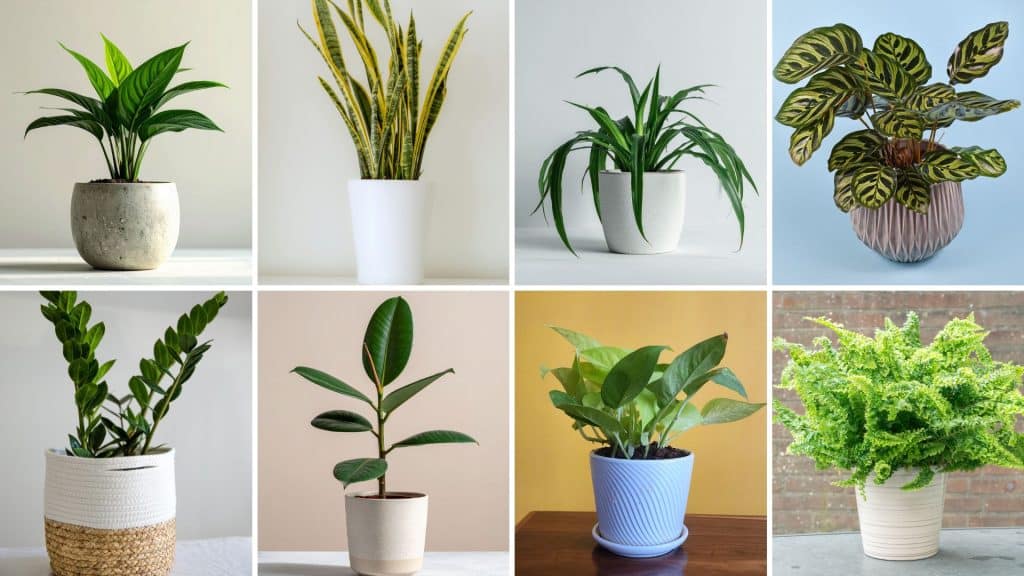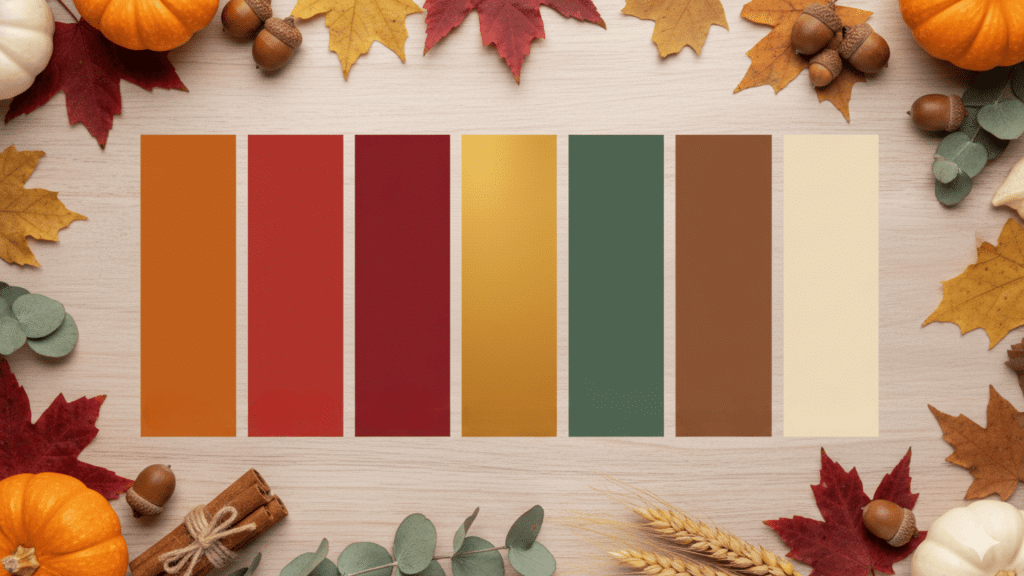Are you looking to bring some natural beauty into your living space?
Indoor plants can change your home environment while providing fresh air and relaxation.
Many people struggle to find the right plants that thrive indoors without requiring expert gardening skills.
The good news is that numerous low-maintenance plants work well for both beginners and busy homeowners.
These living accents not only bring a refreshing touch of nature indoors but also contribute to a calmer, healthier atmosphere.
From snake plants to peace lilies, each variety offers unique benefits and requires different care approaches.
In this blog, I’ll showcase some of the best indoor plants that can make your home feel more vibrant and healthy.
Top 13 Indoor Plants for Your Home
Here are 13 popular indoor plants that work well in most homes, each offering unique benefits and requiring different care approaches.
1. Snake Plant (Sansevieria)
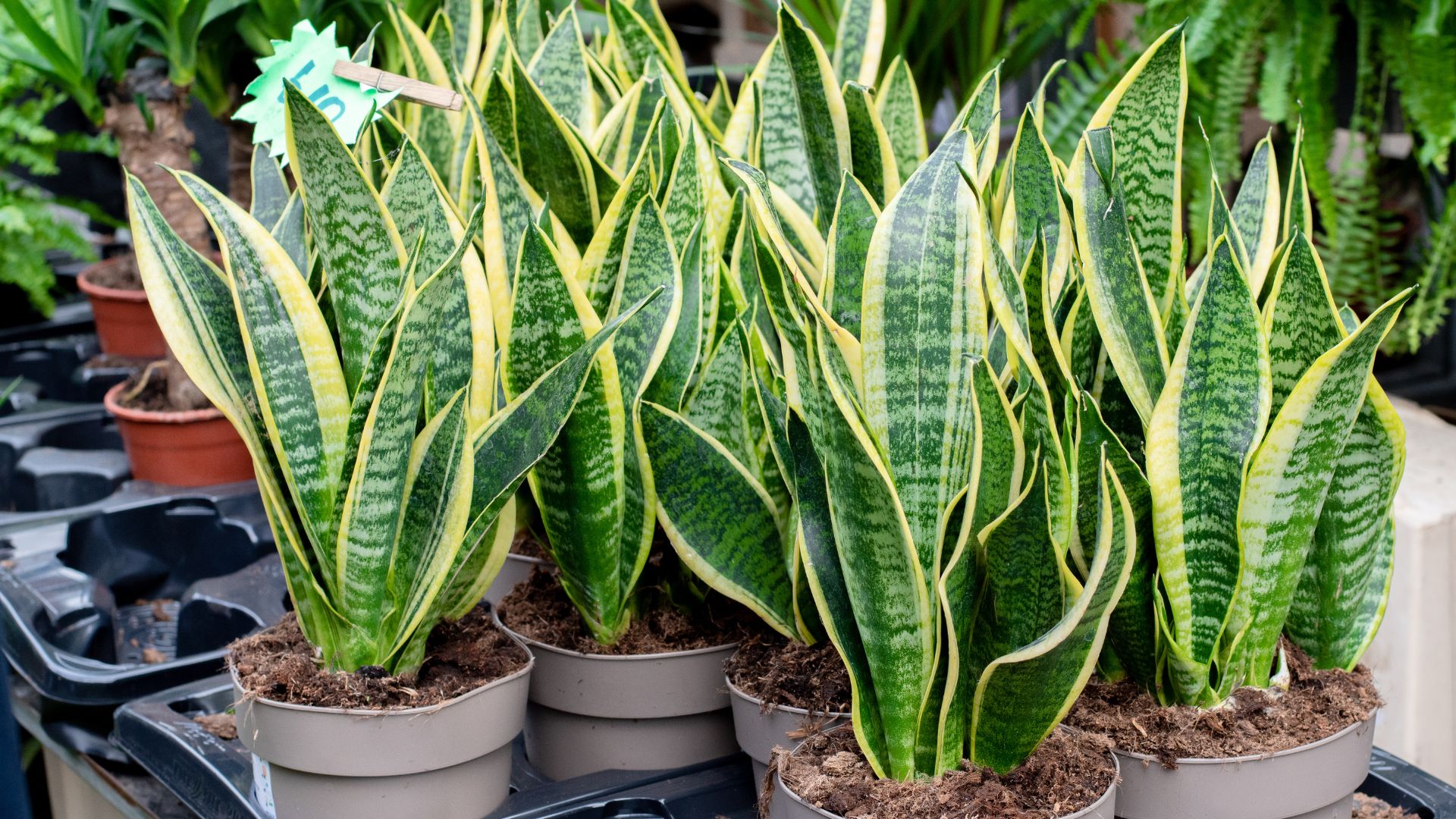
Snake plants are ideal for newcomers who want reliable greenery that thrives with minimal effort. These hardy plants thrive in low-light conditions and can survive for weeks without water, making them ideal for busy lifestyles.
- Watering Guidelines: Water only when the top of the soil feels completely dry, typically every 2-3 weeks.
- Ideal Placement: Any room with indirect light works great, especially bedrooms.
- Common Care Tips: Ensure the soil fully dries out before watering again to keep the roots healthy and strong.
2. Peace Lily (Spathiphyllum)
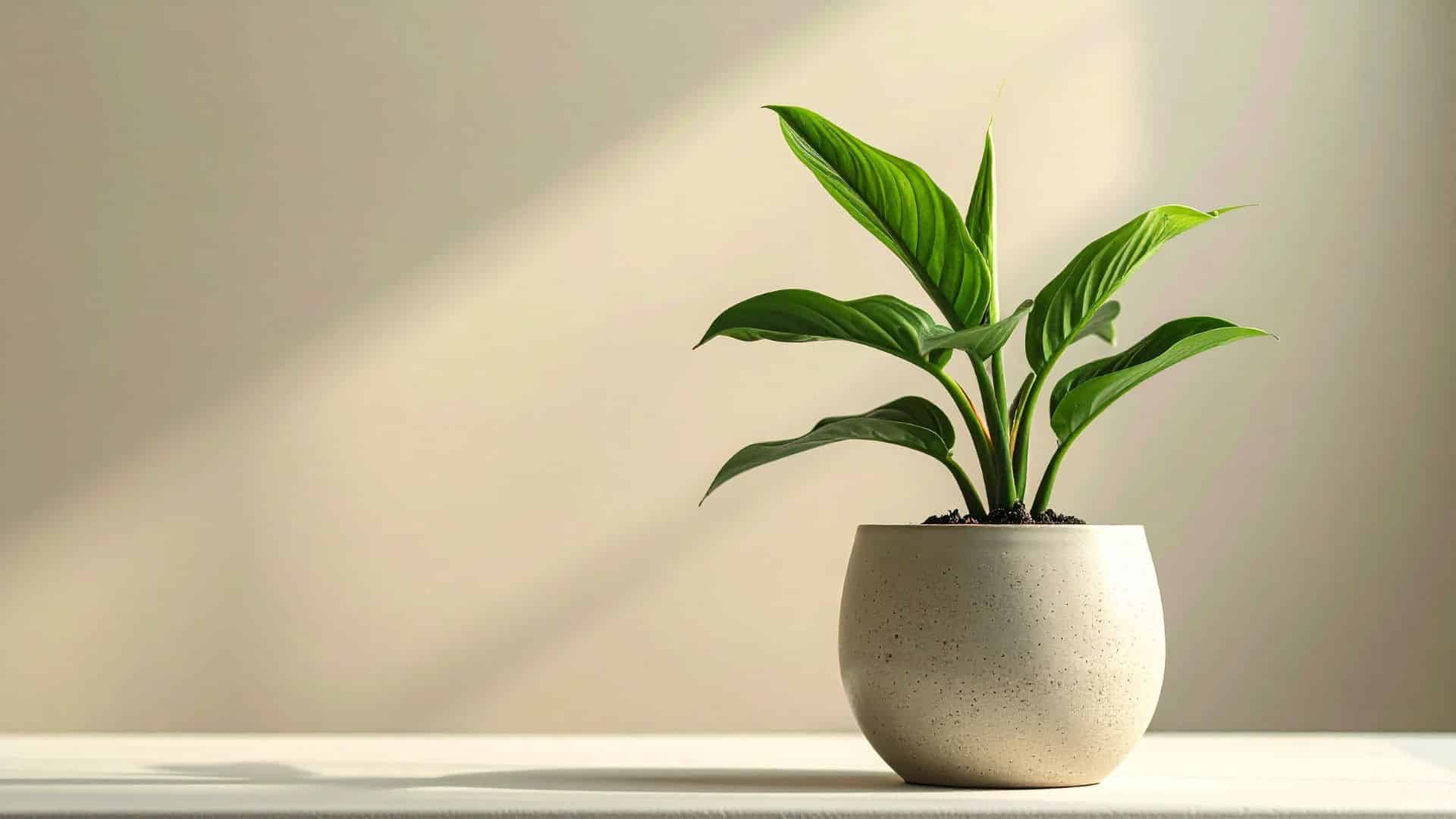
Peace lilies reward you with elegant white blooms that instantly elevate the atmosphere of your home. These plants clearly communicate their needs by drooping their leaves when they require water, making care simple for everyone.
- Watering Guidelines: Keep soil lightly damp while avoiding excess water or saturation.
- Ideal Placement: Bright, indirect light away from direct sun exposure.
- Common Care Tips: Mist leaves weekly to maintain proper humidity levels.
3. Spider Plant (Chlorophytum comosum)
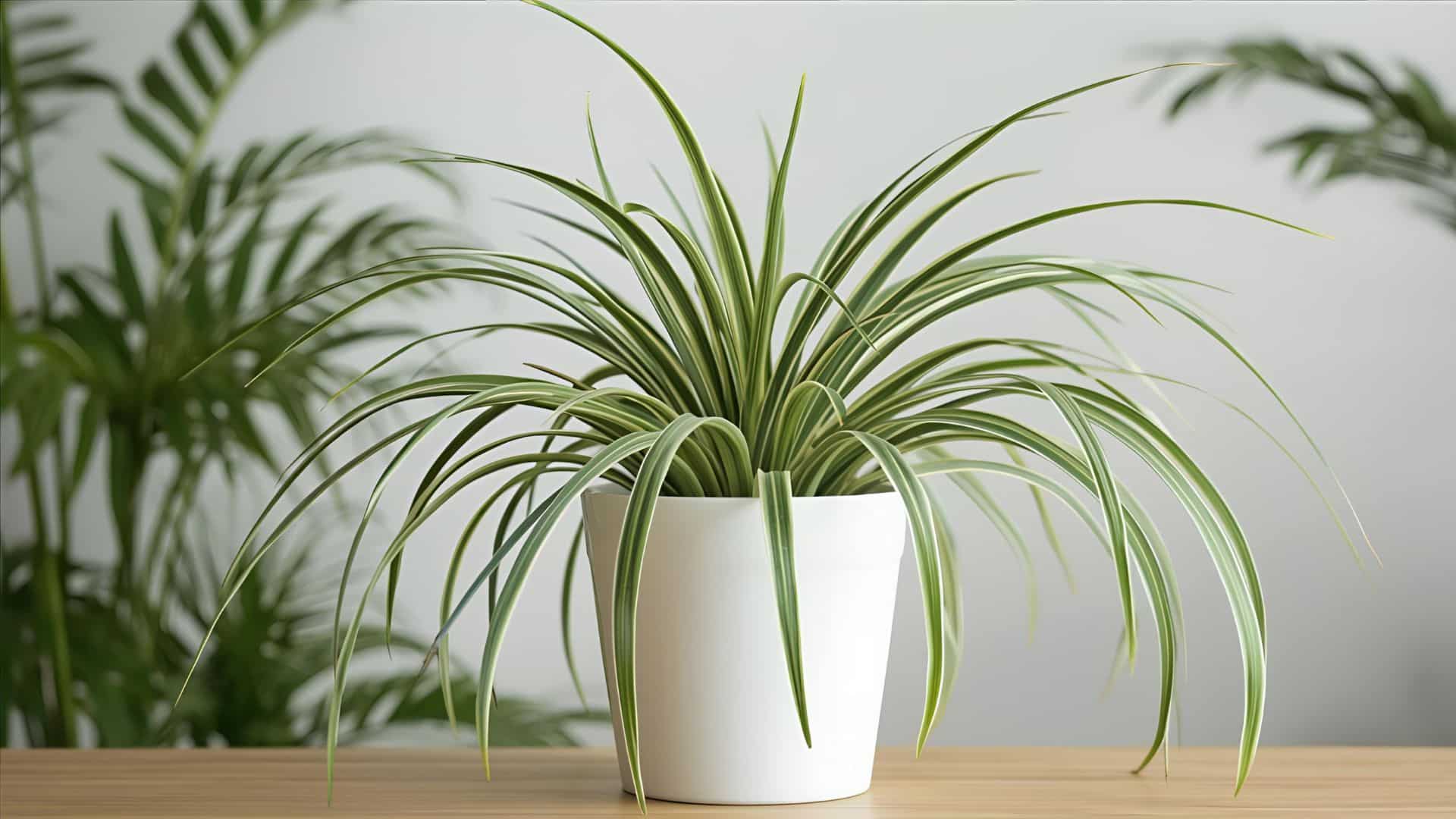
Spider plants produce baby plants that hang down, creating a natural cascading effect. These fast-growing plants adapt well to various light conditions and are completely safe around pets and children.
- Watering Guidelines: Water when the top inch of soil becomes dry to the touch.
- Ideal Placement: Hanging baskets near windows with filtered sunlight work best.
- Common Care Tips: Remove baby plants to easily propagate new spider plants.
4. Rubber Plant (Ficus elastica)
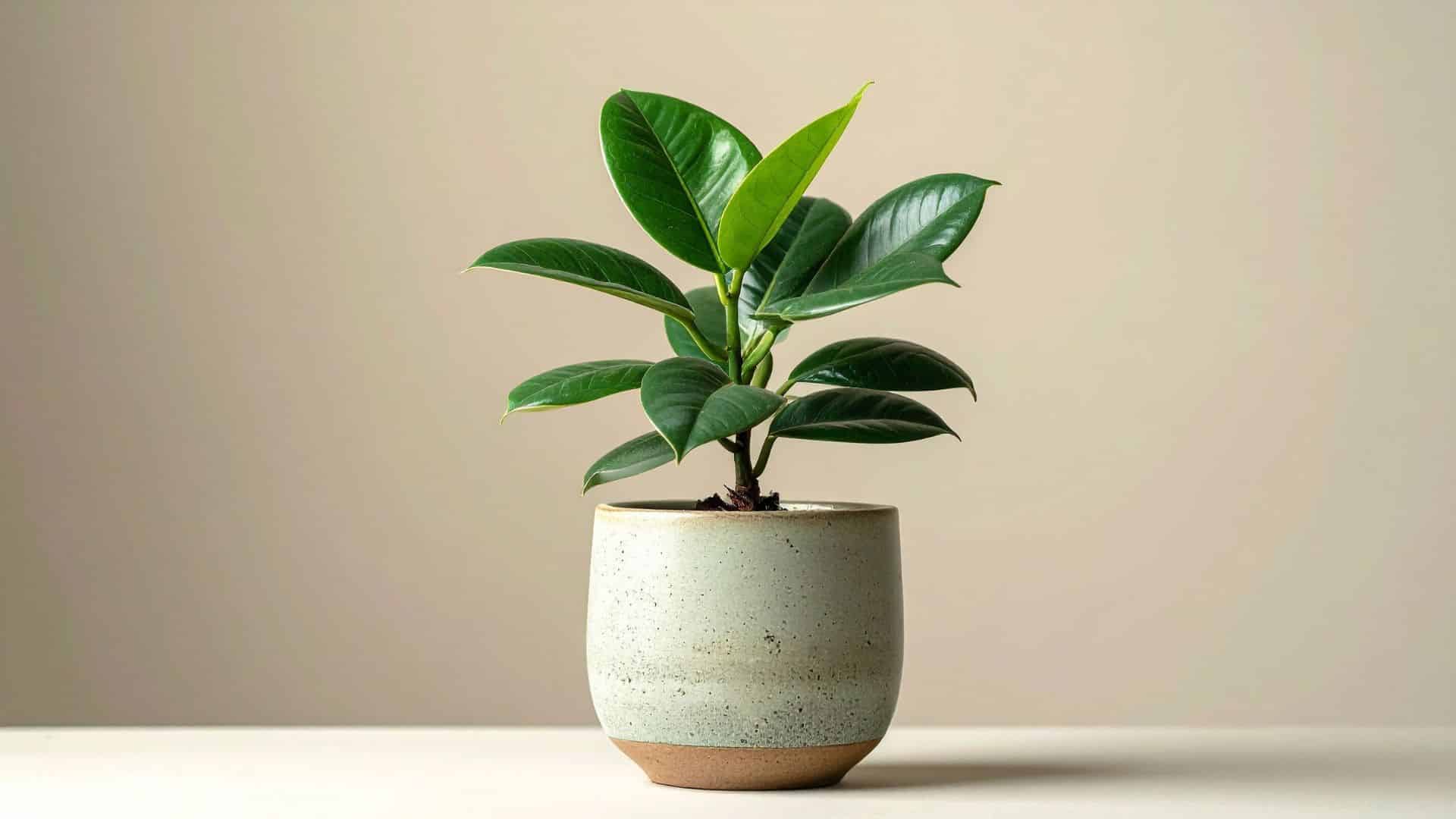
Rubber plants feature thick, glossy leaves that make bold statements in modern home interiors. These plants grow tall and sturdy, serving as natural focal points that complement contemporary furniture styles perfectly.
- Watering Guidelines: Allow the soil to dry between waterings, approximately once a week.
- Ideal Placement: Bright, indirect light near east or west-facing windows.
- Common Care Tips: Wipe leaves monthly with a damp cloth for a healthy shine.
5. Pothos (Epipremnum aureum)
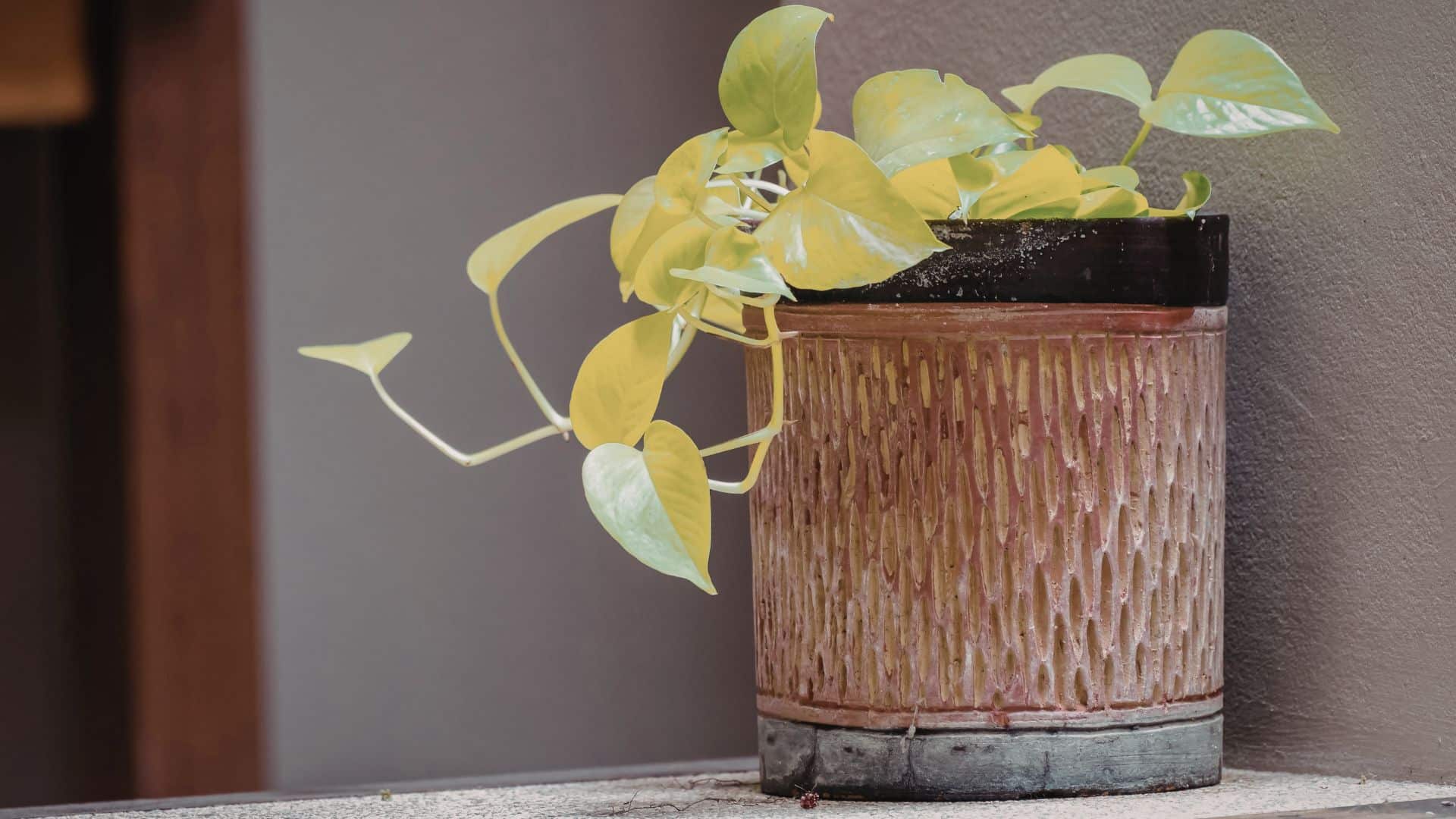
Pothos plants trail beautifully from shelves, creating living curtains that soften hard edges. These versatile plants grow in water or soil, making them perfect for creative displays throughout your home.
- Watering Guidelines: Water when the top of the soil feels dry, typically every 5-7 days.
- Ideal Placement: Medium to low light areas, bathrooms provide ideal humidity.
- Common Care Tips: Trim long vines to encourage fuller, bushier plant growth.
6. ZZ Plant (Zamioculcas zamiifolia)
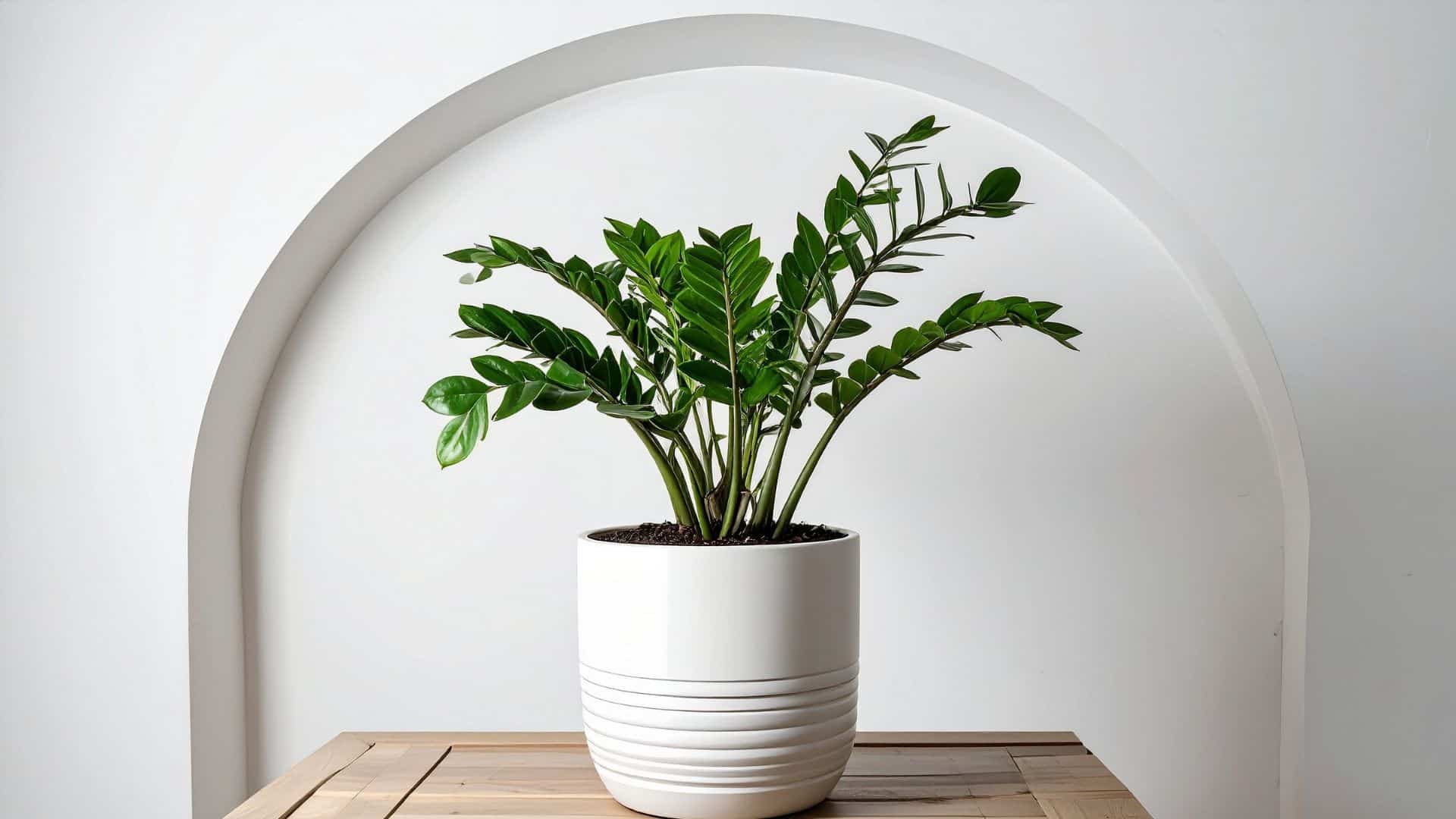
ZZ plants thrive in low-light areas where other plants struggle to survive and grow. Their waxy leaves store water efficiently, making them practically impossible to kill even with occasional neglect.
- Watering Guidelines: Water monthly or as needed when the top of the soil feels completely dry.
- Ideal Placement: Offices, bathrooms, or any low-light corner spaces work well.
- Common Care Tips: Regularly dust leaves to maintain their natural, glossy appearance.
7. Aloe Vera
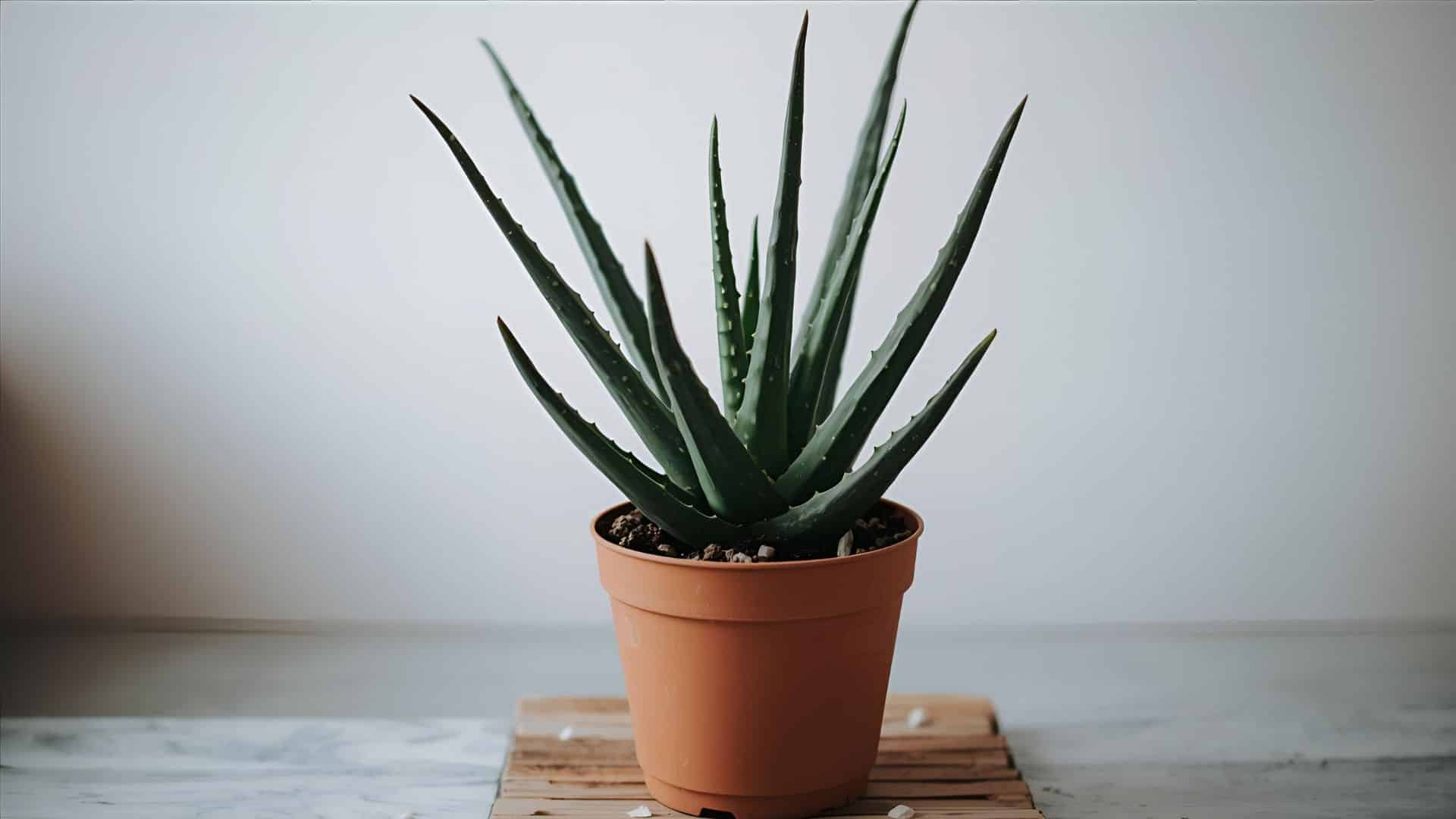
Aloe vera plants offer natural skincare benefits while adding a sculptural touch of beauty to your home. These succulents store gel in their leaves that soothes burns and cuts when applied topically to skin.
- Watering Guidelines: Deep watering every 2-3 weeks, with reduced watering in winter months.
- Ideal Placement: Bright, indirect sunlight near south-facing windows works perfectly.
- Common Care Tips: Use well-draining cactus soil to prevent water retention issues.
8. Philodendron
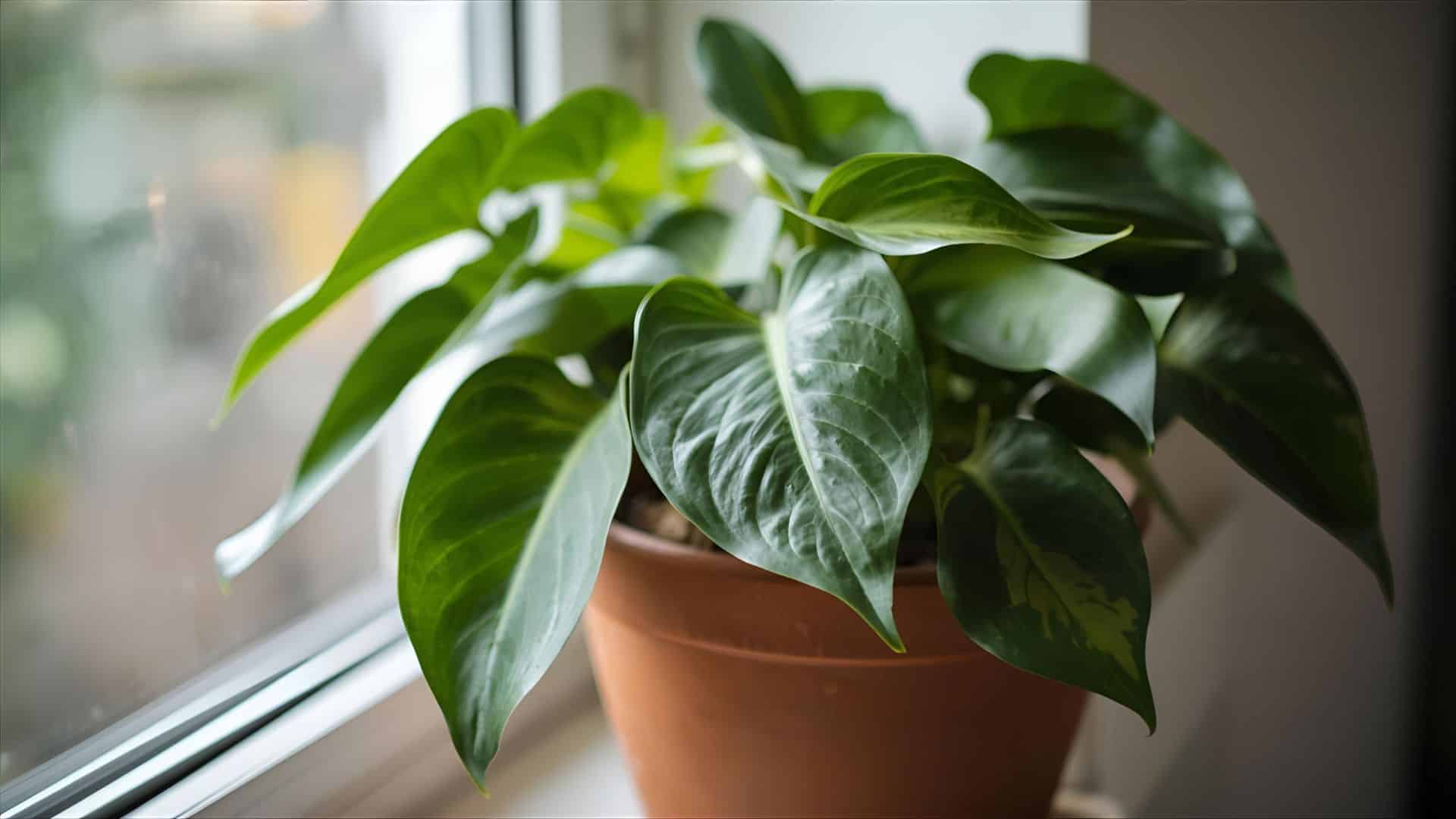
Philodendrons come in many varieties, featuring heart-shaped leaves that create a warm, welcoming atmosphere. These climbing plants can trail from high shelves or climb moss poles for vertical garden effects.
- Watering Guidelines: Keep soil evenly damp but never allow it to get oversaturated.
- Ideal Placement: Medium light conditions away from direct afternoon sun rays.
- Common Care Tips: Pinch growing tips to encourage branching and fuller growth patterns.
9. Chinese Evergreen (Aglaonema)
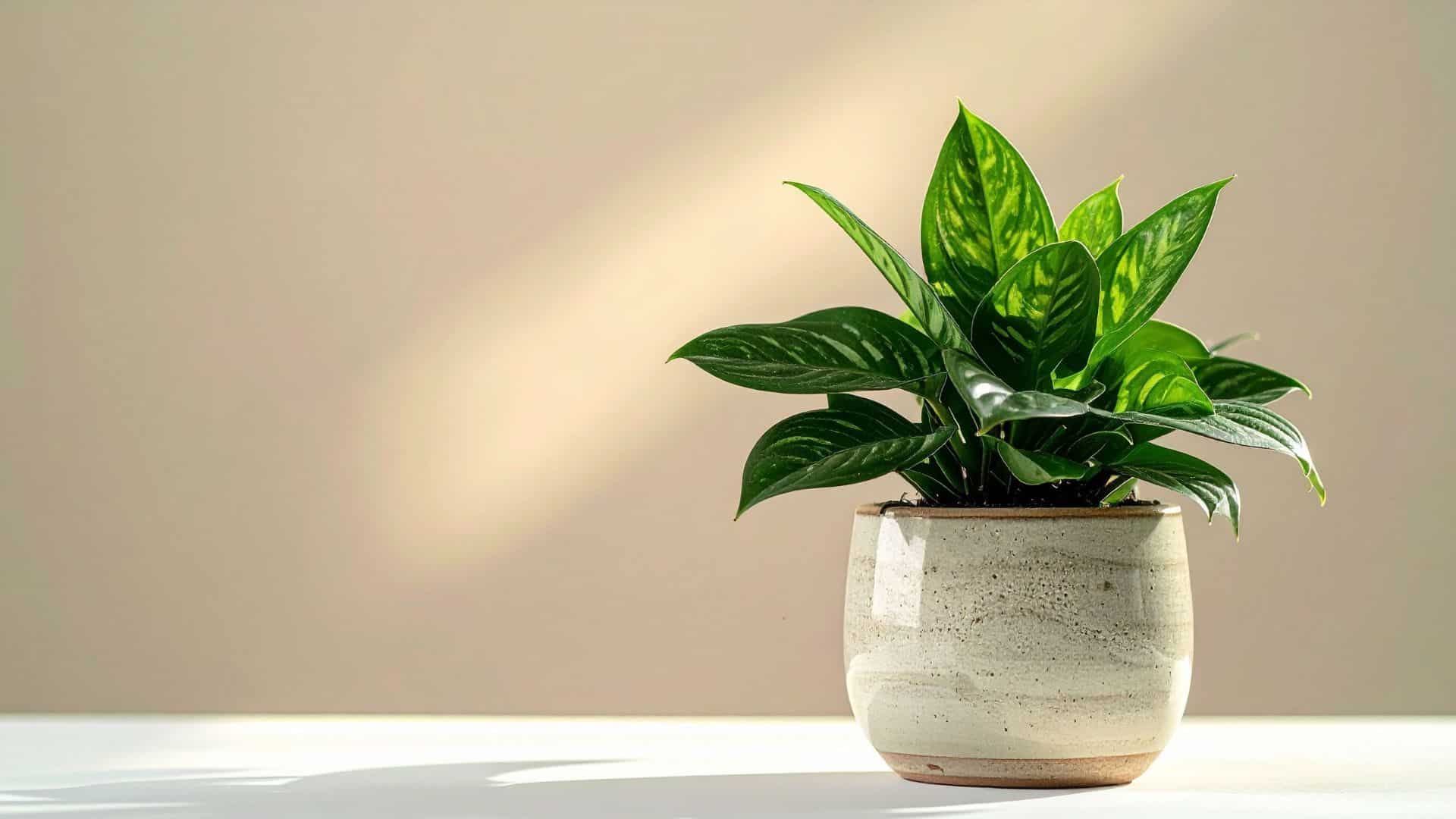
Chinese evergreens display colorful patterns on their leaves, adding an artistic flair to rooms. These slow-growing plants tolerate low light and dry air better than most tropical houseplants available today.
- Watering Guidelines: Water when the top 2 inches of soil feel dry.
- Ideal Placement: Low to medium light areas, perfect for office environments.
- Common Care Tips: Rotate plants every week for even growth and balanced leaf development.
10. Boston Fern (Nephrolepis exaltata)
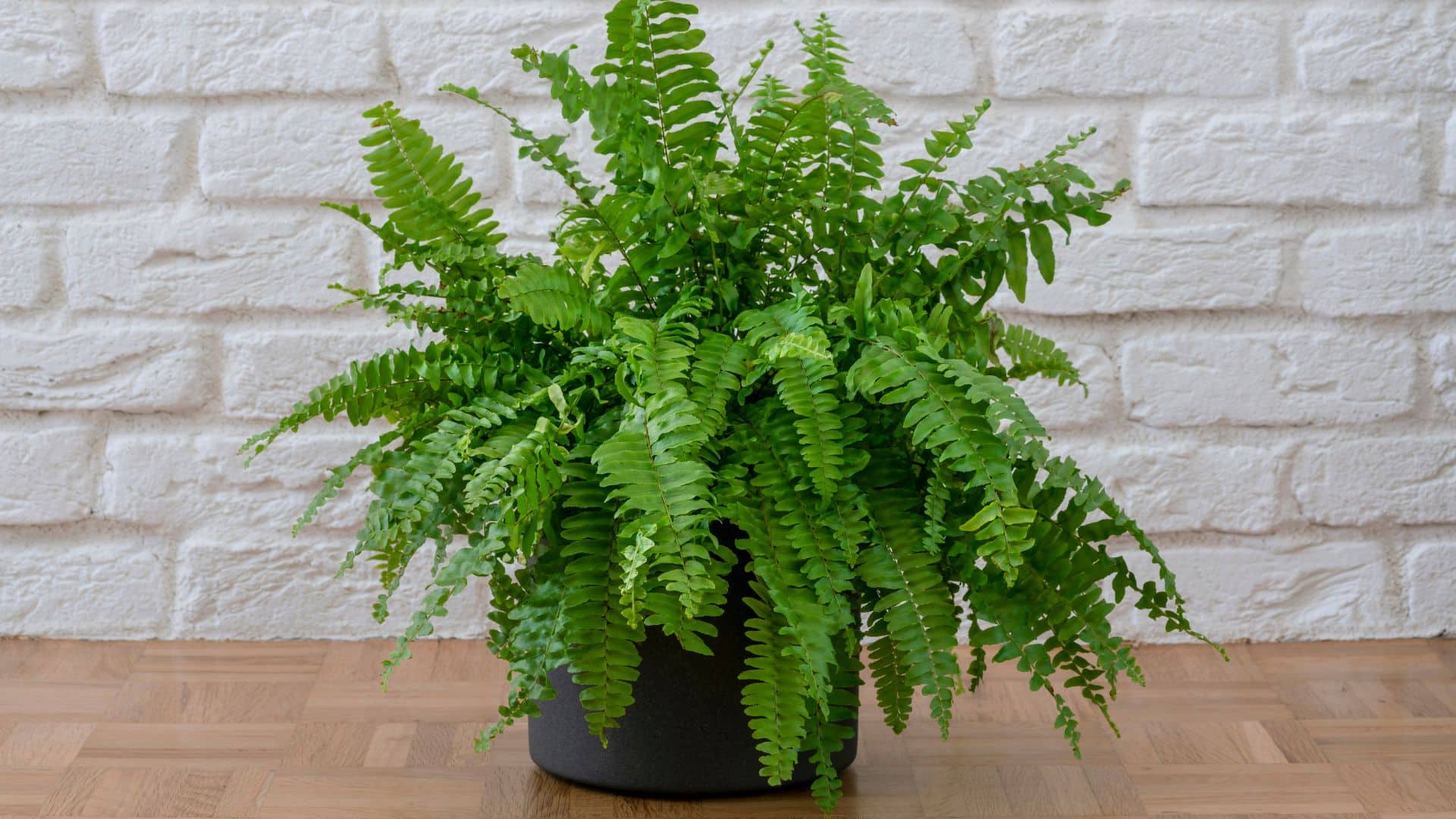
Boston ferns bring rich, green textures to your space with their soft, delicate leaves that move gently in the breeze. These traditional plants look beautiful in hanging containers where leaves flow gracefully downward.
- Watering Guidelines: Maintain balanced soil moisture, avoiding dryness and excess water buildup.
- Ideal Placement: High-humidity areas, such as bathrooms, with bright, indirect light.
- Common Care Tips: Mist daily and place on humidity trays for optimal health.
11. Jade Plant (Crassula ovata)
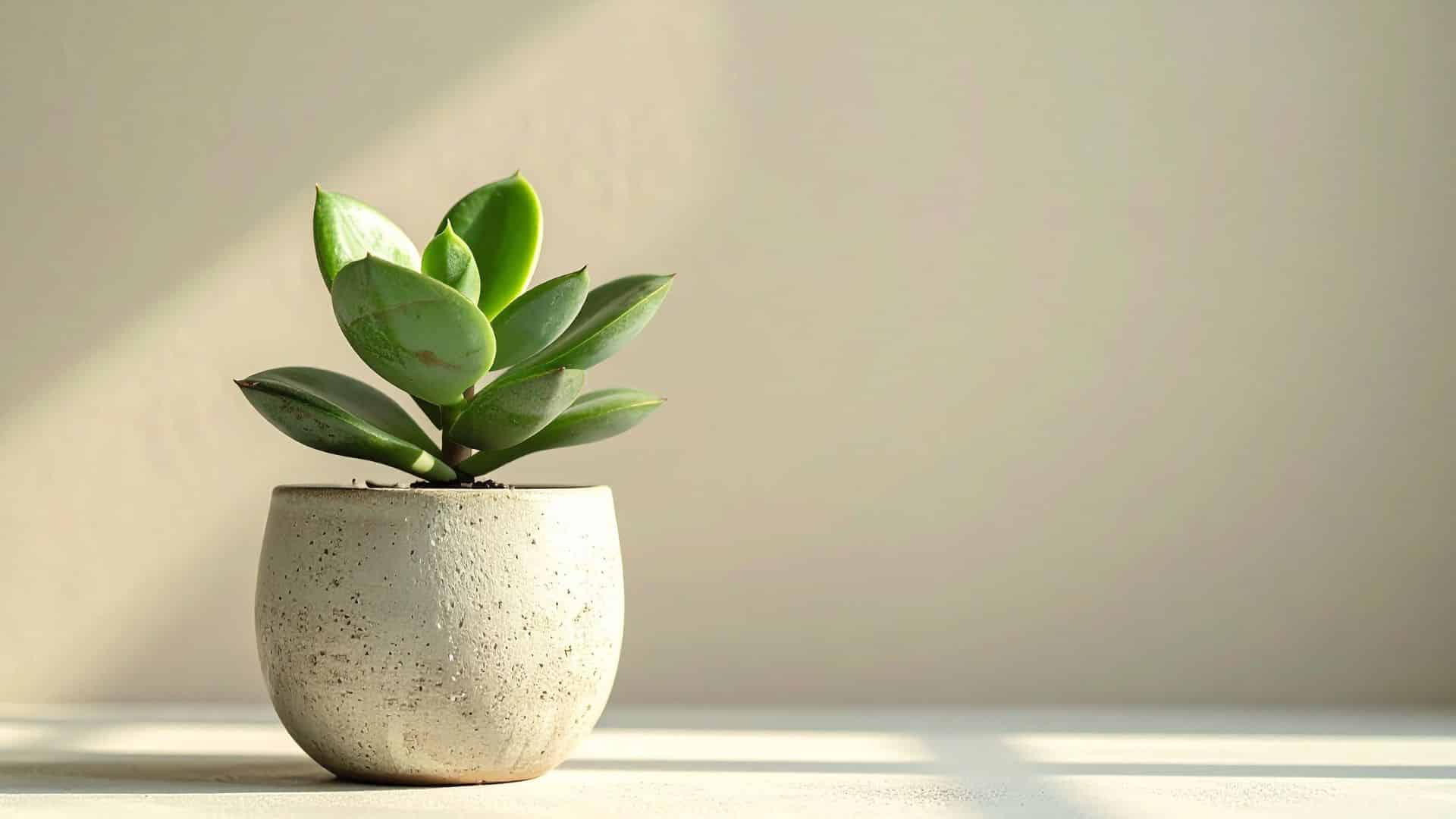
Jade plants symbolize good luck and prosperity while requiring minimal care from busy homeowners. These thick-leaved succulents develop tree-like shapes over time, creating living sculptures that improve with age.
- Watering Guidelines: Water deeply but infrequently, every 2-4 weeks, depending on season.
- Ideal Placement: Bright, well-lit locations, preferably near sunny, south-facing windows.
- Common Care Tips: Prune regularly to maintain a compact shape and prevent legginess.
12. Fiddle Leaf Fig (Ficus lyrata)
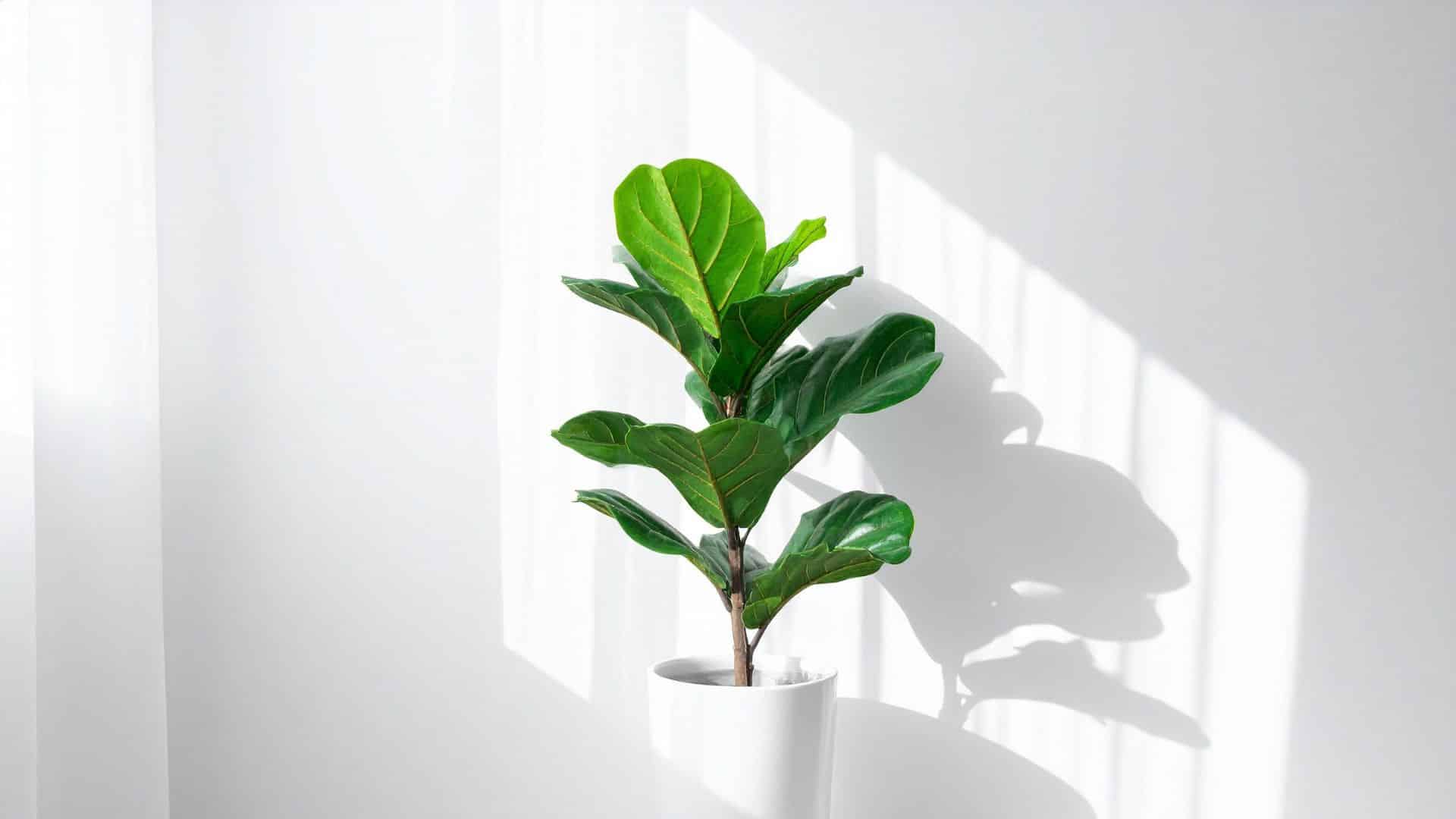
Fiddle leaf figs make dramatic statements with their large, violin-shaped leaves that command attention. These trendy plants require consistent care but reward you with impressive height and architectural presence indoors.
- Watering Guidelines: Water when the top inch of soil feels dry, maintaining a consistent watering schedule.
- Ideal Placement: Bright, indirect light with stable temperature and humidity conditions.
- Common Care Tips: Clean leaves weekly and refrain from moving the plant frequently once it is established.
13. Calathea
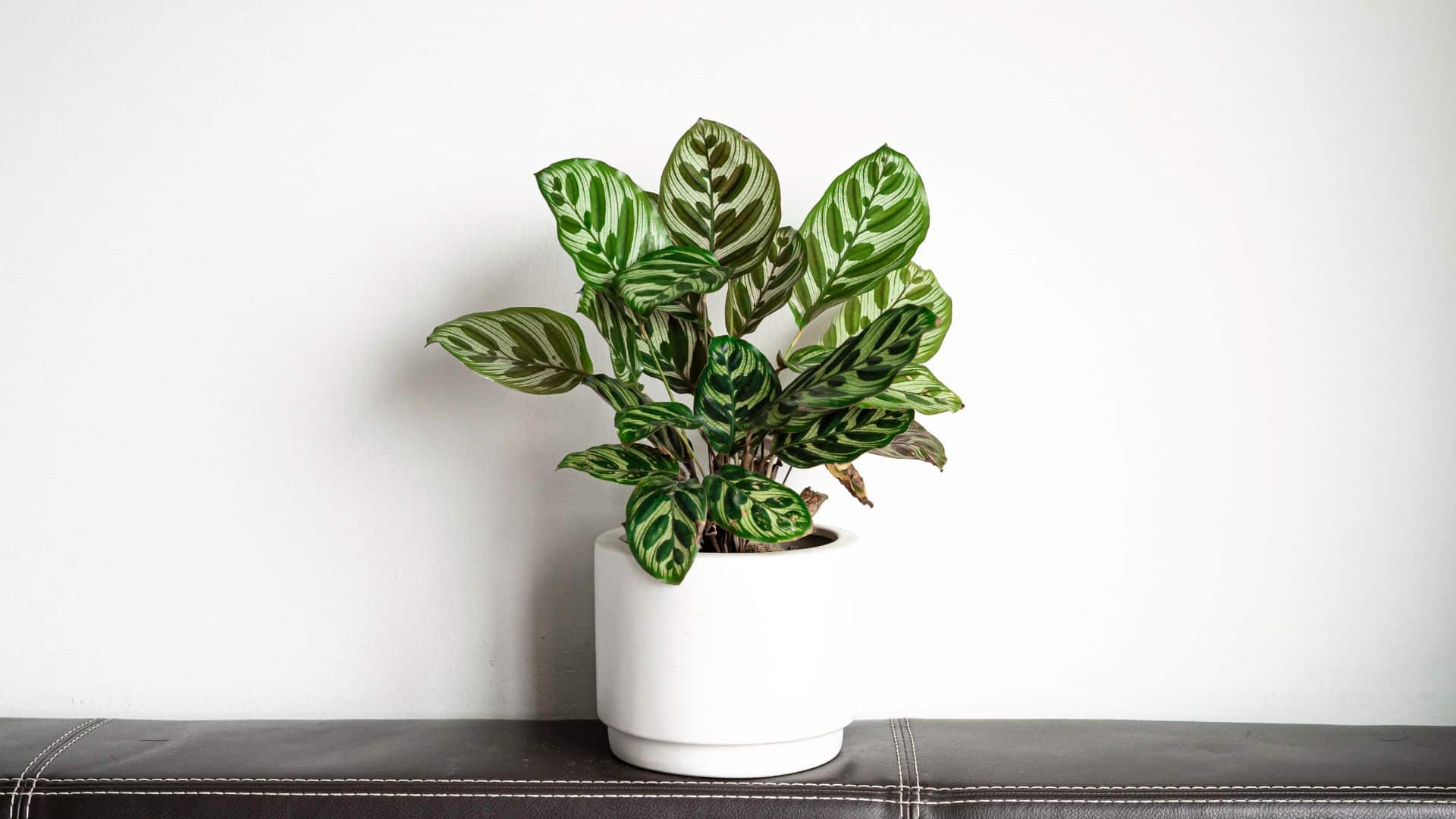
Calathea plants feature beautiful leaf designs that close at night, resembling folded hands. These prayer plants require regular moisture and humidity, making them ideal for individuals who enjoy giving plants daily attention.
- Watering Guidelines: Use filtered or distilled water to prevent leaf browning issues.
- Ideal Placement: Medium, indirect light with high humidity levels throughout the day.
- Common Care Tips: Group plants together to increase humidity naturally around their leaves.
Conclusion
In Summary, bringing plants into your home enriches the environment, fostering relaxation while supporting overall well-being.
These varieties provide options for every skill level, lighting condition, and maintenance preference you might have.
Some plants, such as snake plants and ZZ plants, tolerate occasional neglect, while others, like Boston ferns, require consistent attention.
The key to success lies in selecting plants that perfectly match your lifestyle and home conditions.
Start with one or two easy-care varieties and gradually expand your collection as your confidence grows.
What indoor plants have you tried growing before, and which ones from this list are you most excited to add to your home?
Share your thoughts and questions in the comments below!

